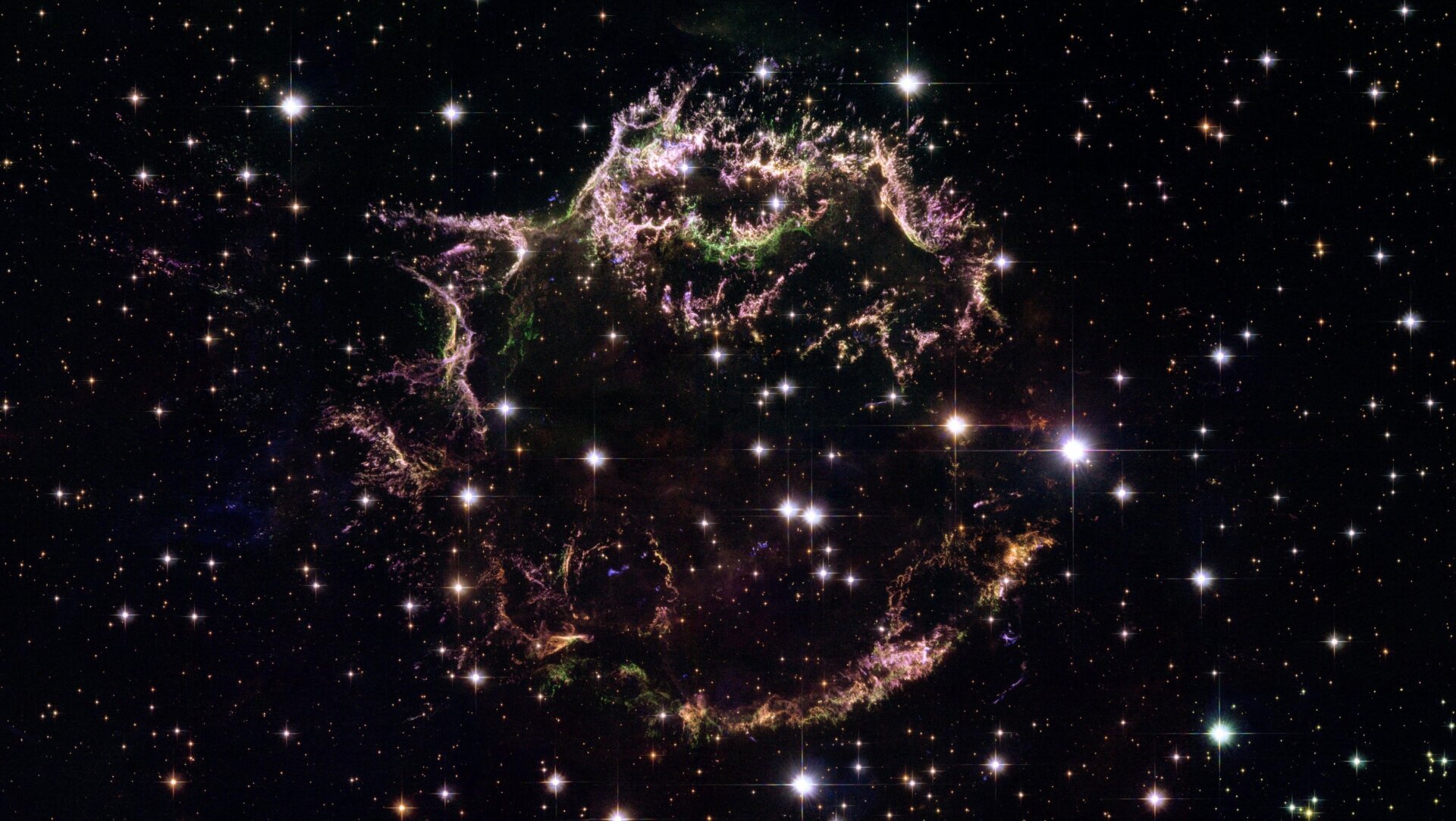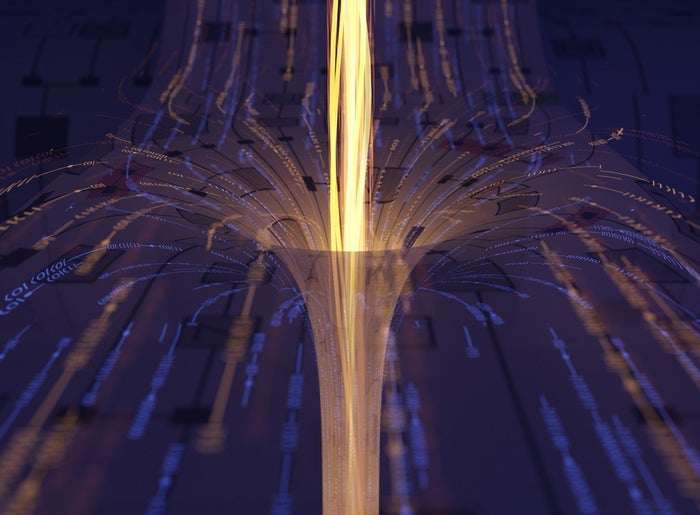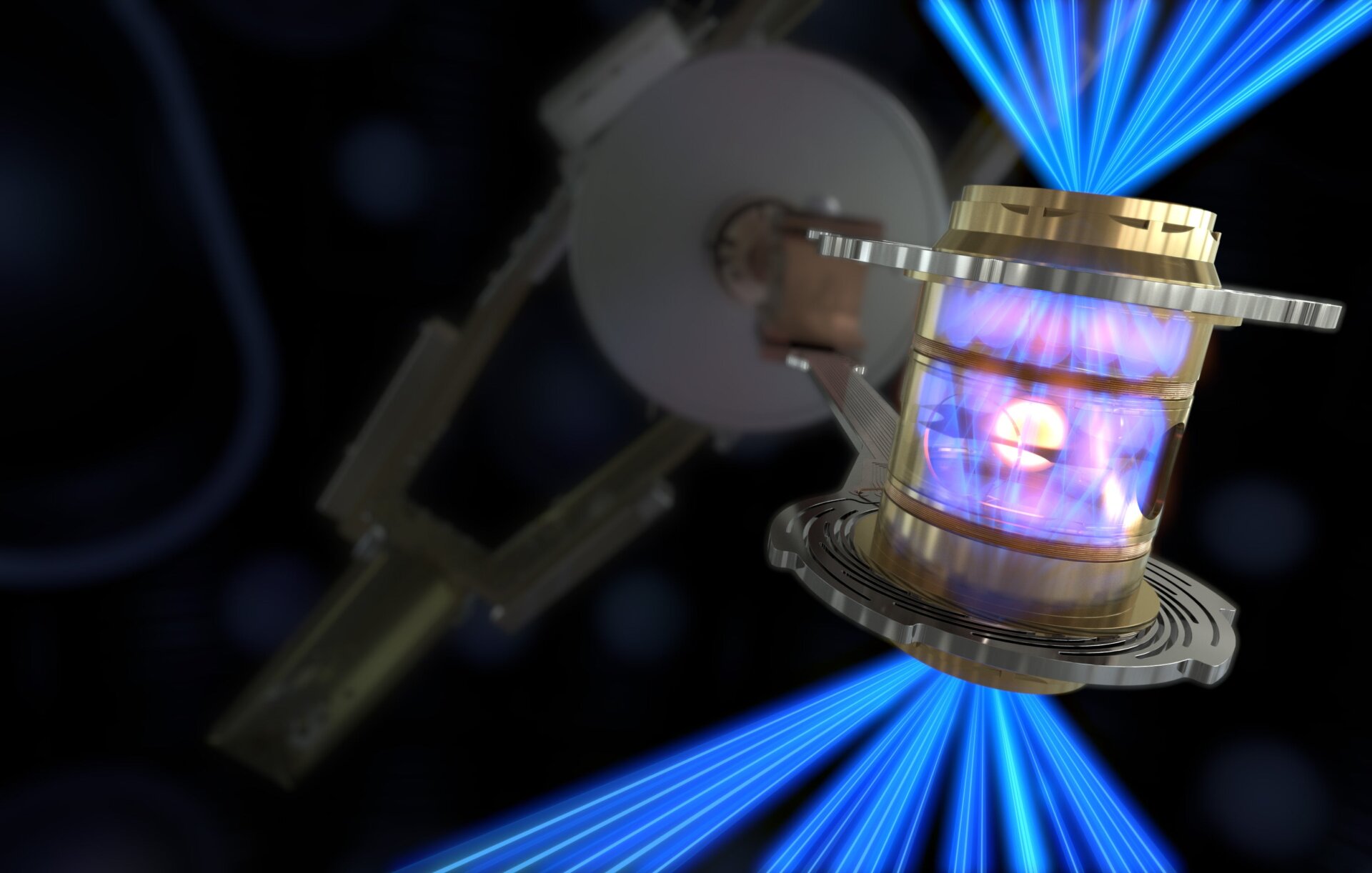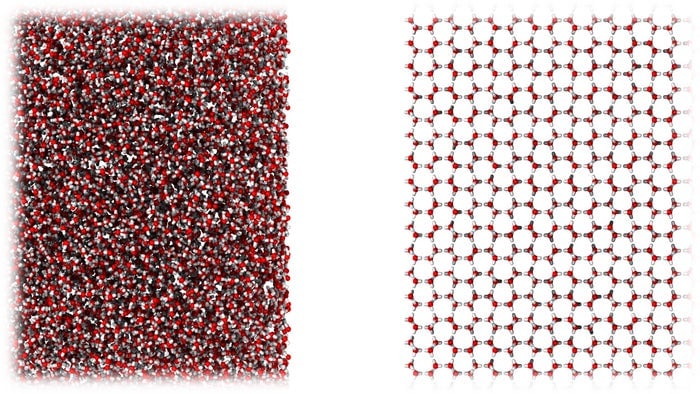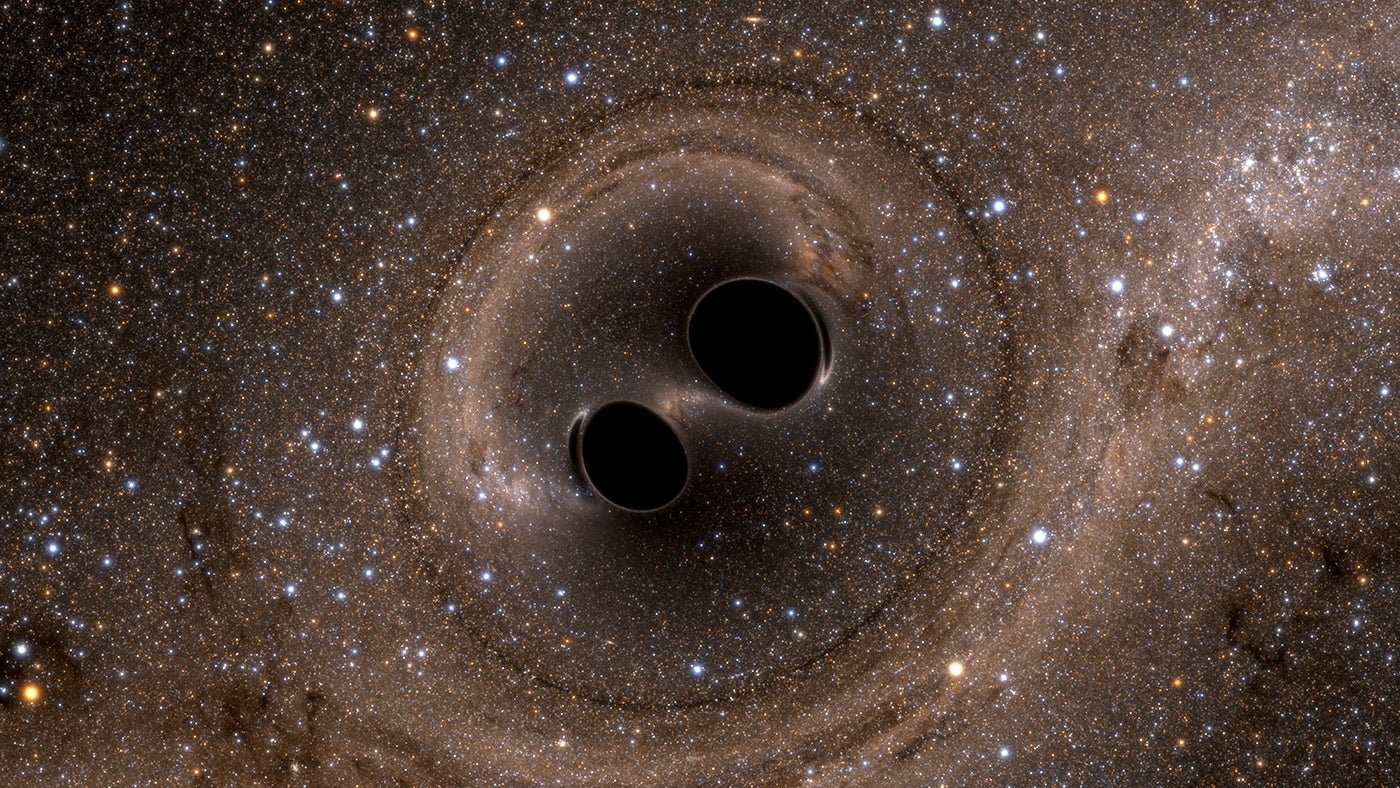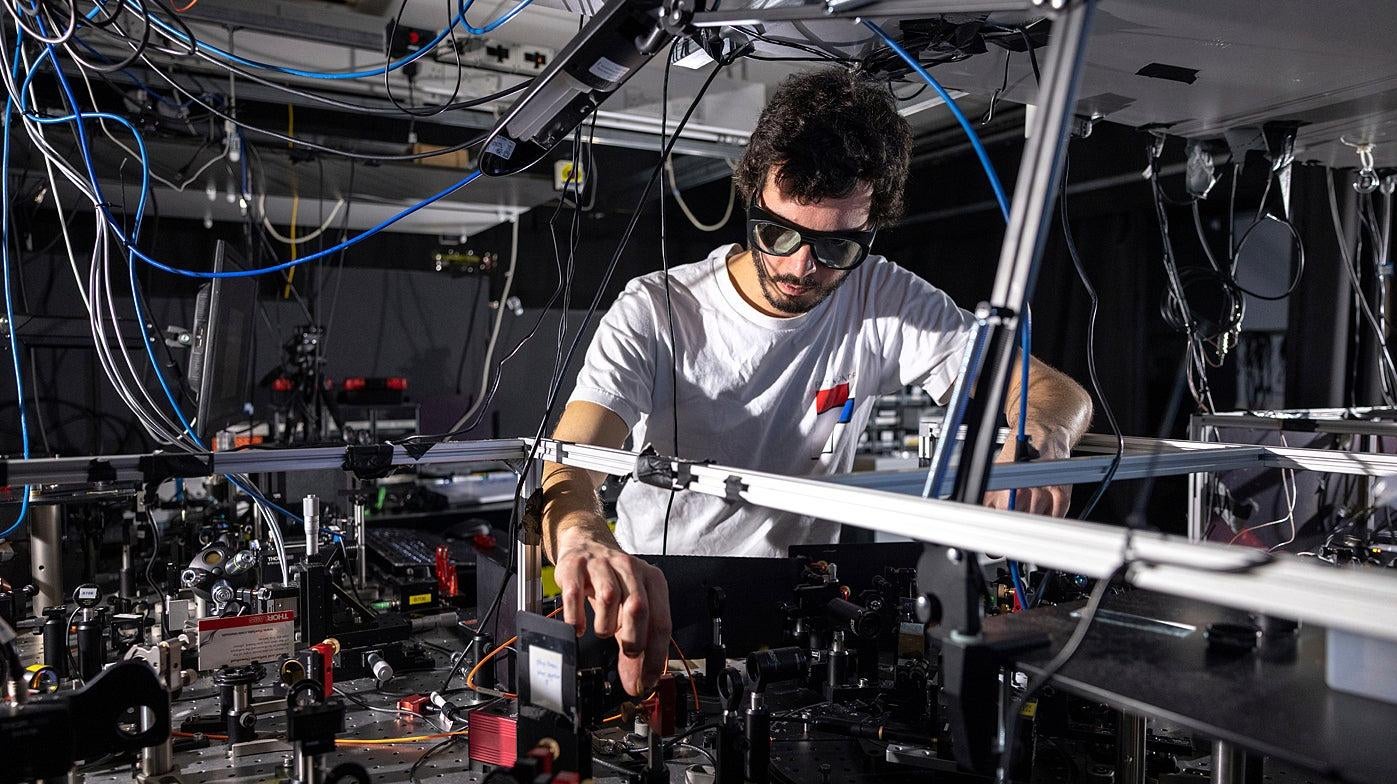A groundbreaking analysis of over 1,500 supernovae, known as Pantheon+, has provided unprecedented precision in measuring the elusive dark energy and dark matter that dominate our universe. This research reveals that approximately 66.2% of the cosmos consists of dark energy, while the remaining 33.8% is matter, with the vast majority being dark matter. Ordinary matter, the kind we can see and interact with, comprises less than 5% of the universe. These findings, published in The Astrophysical Journal, have significant implications for our understanding of cosmic expansion and the Hubble constant.
The Pantheon+ analysis reinforces the cosmological constant as the leading theory for dark energy, suggesting the universe’s behavior aligns with the simplest explanation. However, this precision also brings the “Hubble tension” – the discrepancy between local and cosmic measurements of the universe’s expansion rate – into sharper focus.
Matter encompasses all the “stuff” in the universe, while dark matter represents the unseen mass whose presence is inferred through its gravitational effects. Potential candidates for dark matter include axions, WIMPs, and other subatomic particles, or perhaps a combination. Dark energy, equally mysterious in its composition, is the driving force behind the universe’s accelerating expansion.
Pantheon+ investigated this expansion using Type Ia supernovae, the brilliant explosions that mark the end of a star’s life. By analyzing the apparent brightness and redshift of these supernovae, astrophysicists can deduce the universe’s expansion rate at different points in its history.
Building upon the original Pantheon analysis of around 1,000 supernovae, Pantheon+ achieves twice the precision. The team combined their results with measurements of the universe’s structure and the cosmic microwave background, the ancient light from the early universe.
Type Ia supernovae are among the most luminous events in the cosmos, capable of outshining entire galaxies. The light from distant supernovae, having traveled vast distances, is stretched by the expanding universe, causing it to appear redder (redshifted) when it reaches Earth.
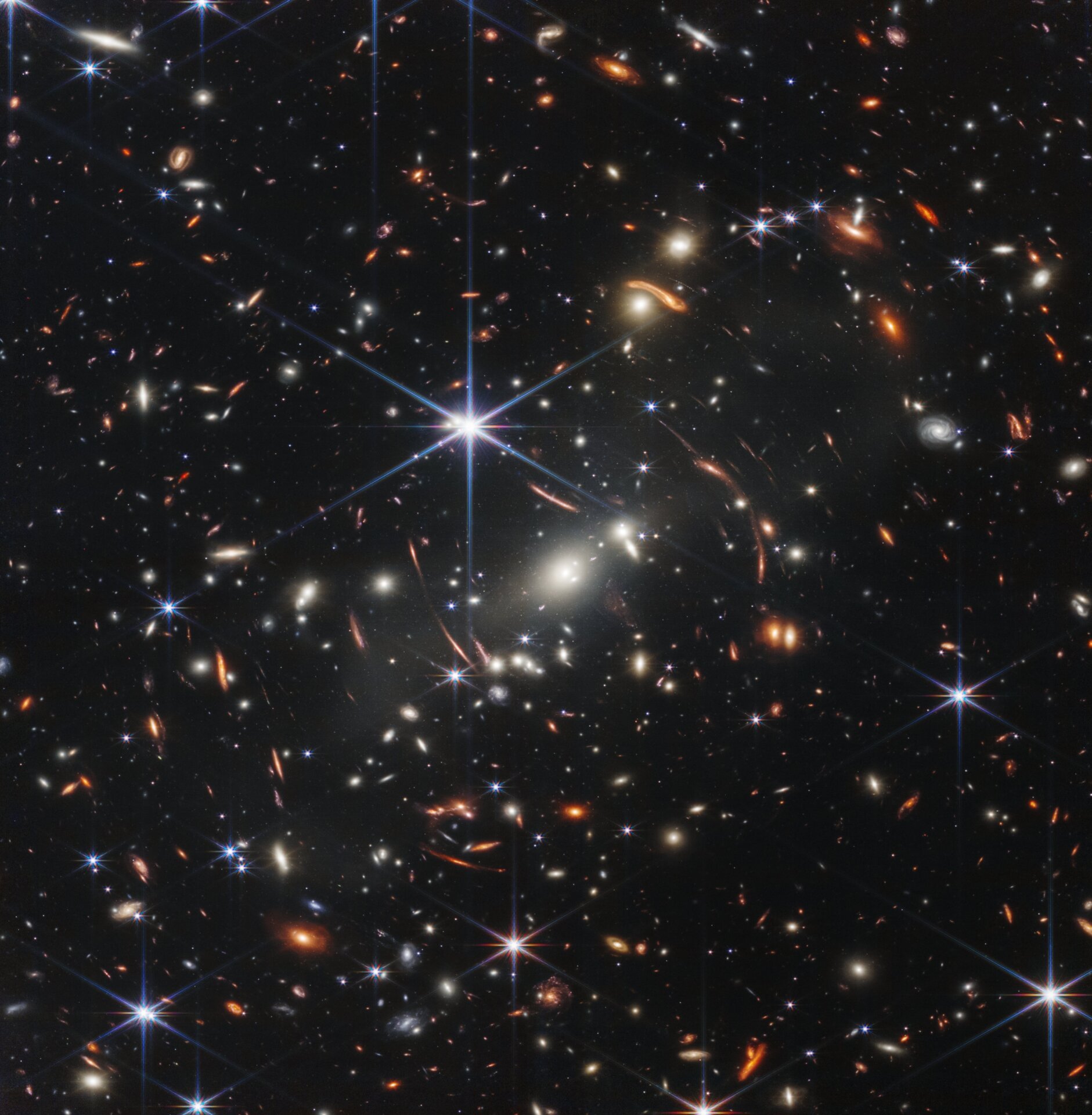 The Webb Space Telescope’s first deep field, showing gravitational lensing.The Webb Space Telescope’s first deep field image, showcasing gravitational lensing. Image: NASA, ESA, CSA, and STScI.
The Webb Space Telescope’s first deep field, showing gravitational lensing.The Webb Space Telescope’s first deep field image, showcasing gravitational lensing. Image: NASA, ESA, CSA, and STScI.
Combining Pantheon+ data with data from SH0ES, a project calculating the local Hubble constant using supernovae, yields a value of 73.4 km/s/Mpc (45.61 miles per second per megaparsec). This result remains inconsistent with the Hubble constant derived from the cosmic microwave background, further highlighting the Hubble tension.
This discrepancy has now reached a 5-sigma level of certainty, meaning there’s only a one-in-a-million chance that it’s a statistical fluke. Pantheon+ focuses on the “late” universe, analyzing supernovae from roughly 10 billion years ago to the present. Resolving the Hubble tension may require investigating the very early universe using light sources observable by telescopes like the James Webb Space Telescope.
New instruments, such as the Vera Rubin Observatory’s LSST camera and NASA’s Nancy Grace Roman Space Telescope, promise a vast increase in supernovae observations, dwarfing the current Pantheon+ sample.
Observing a nearby supernova would greatly aid Hubble constant measurements. If such an event occurs, advanced telescopes like the James Webb can capture detailed infrared and near-infrared images. This data would help scientists understand how dust surrounding supernovae affects calculations, improving the accuracy of Hubble constant measurements.
While the mysteries of dark energy and dark matter remain unsolved, research like Pantheon+ brings us closer to understanding their nature and influence on the universe.



